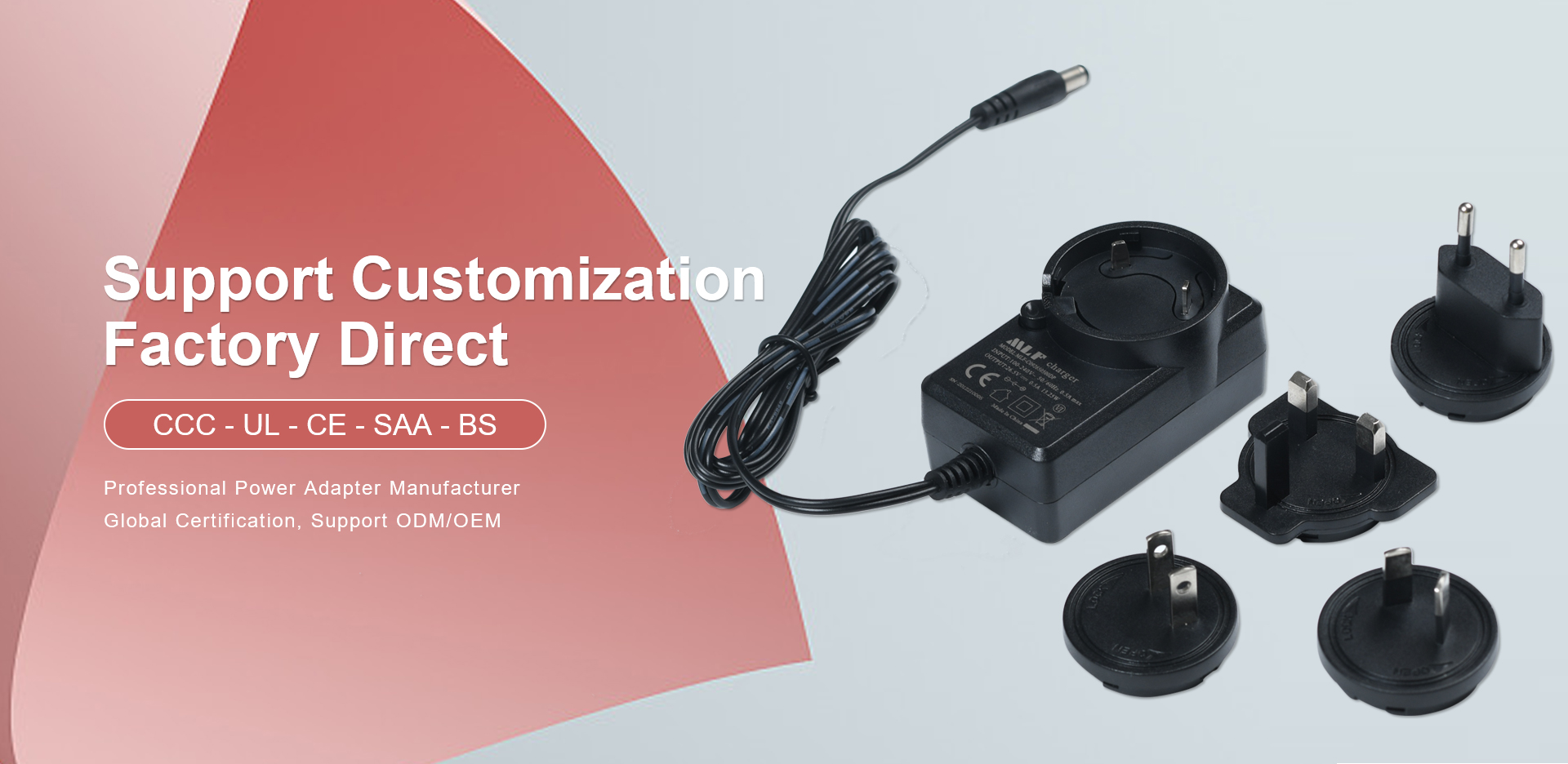
As a basic accessory of modern electronic devices, chargers are widely used worldwide with different types of plugs. The diversification of plug standards stems from the differences in power system design among countries. Common plug types include A type, B type, C type, G type, I type, etc., covering different regions such as the Americas, Europe, Asia, Australia, etc.
A-type plugs are commonly found in North America, Japan, and some South American regions, with a dual flat pin design that is compatible with voltages typically ranging from 100-120V. B-type plugs add grounding pins to A-type plugs, making them more suitable for demand scenarios. C-type plugs are widely used in Europe, most Asian and African countries, with two cylindrical pins that support 220-240V voltage and strong versatility.

G-type plugs are mainly used in countries such as the UK, Singapore, Malaysia, etc. They are designed with a three pin square structure and include grounding protection. Type I plugs are commonly used in some regions of Australia, New Zealand, and China, with a two flat and one vertical design, suitable for voltages ranging from 220-240V.
The difference in plug types not only affects the compatibility range of chargers, but also involves multiple parameters such as voltage compatibility and power carrying capacity. There are differences in contact design, resistance control, and bending resistance among different plugs, which directly affect charging stability and long-term performance.
Reasonably selecting charger plugs that meet local standards can help stabilize device current input and reduce the risk of poor power adaptation. When used across borders, it is recommended to equip a compatible adapter plug to ensure charging efficiency and device stability.